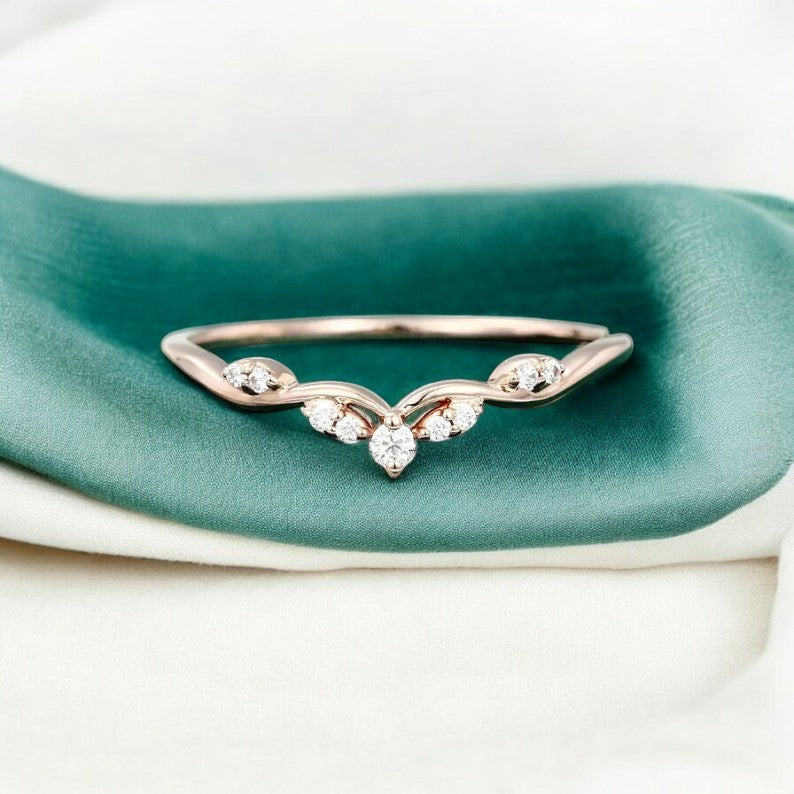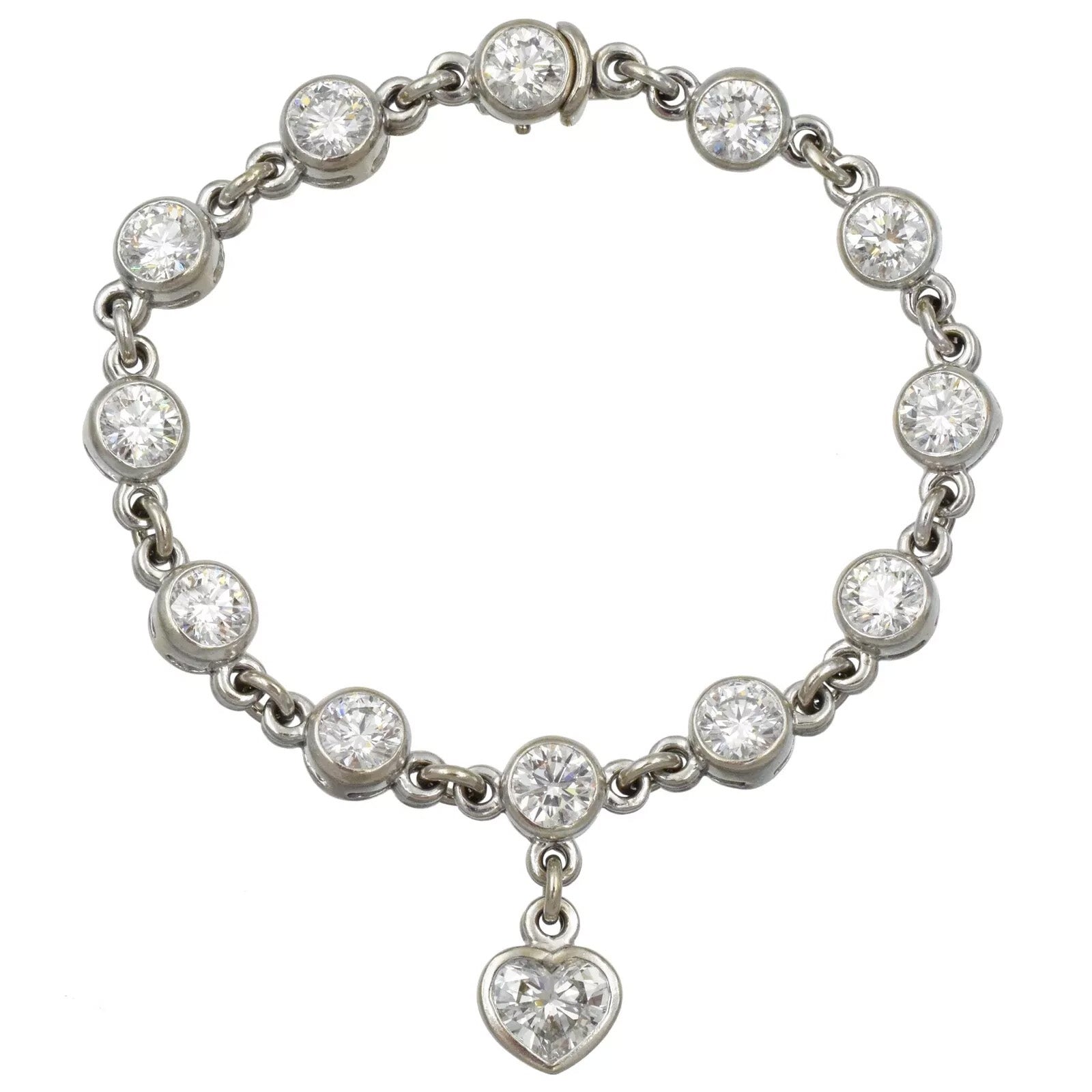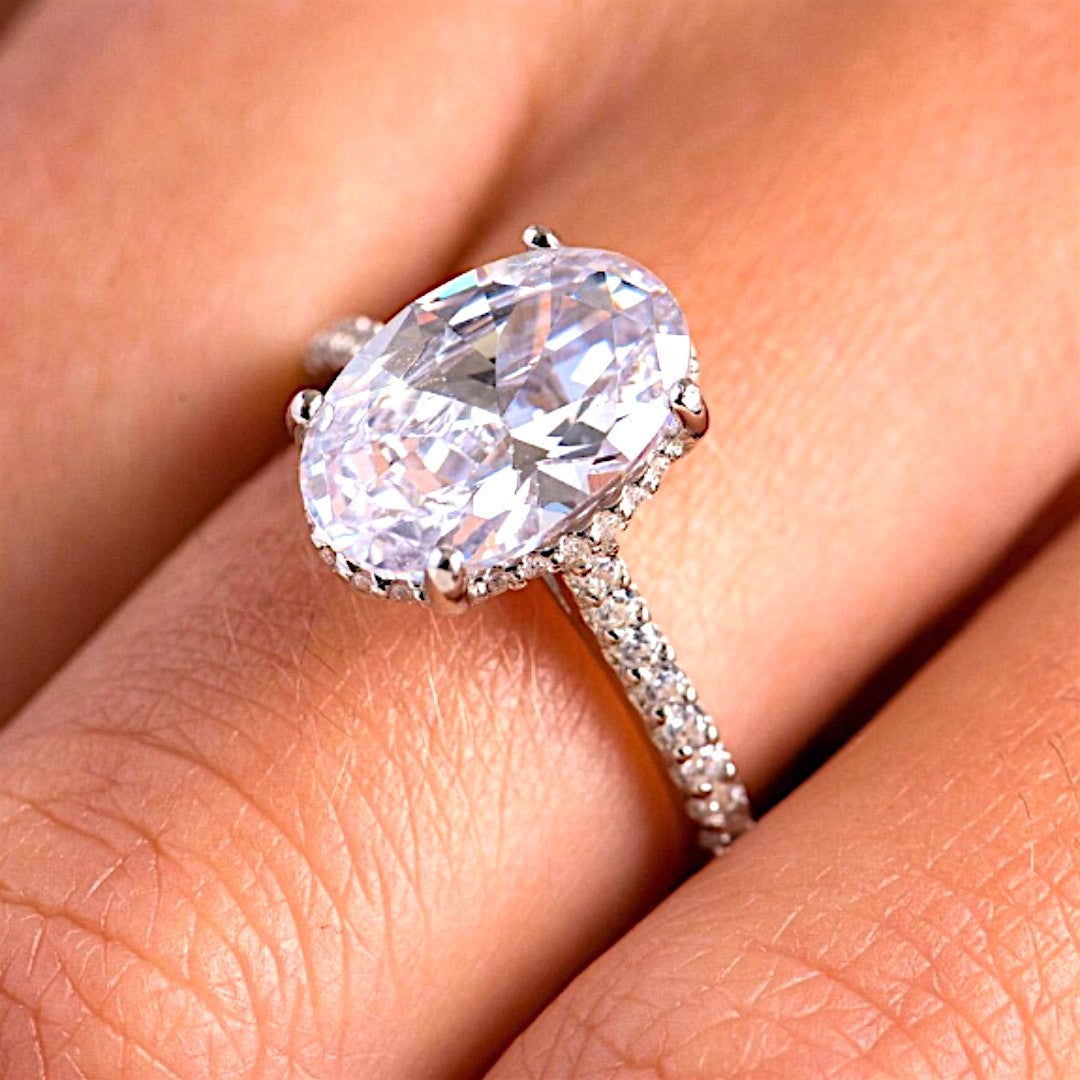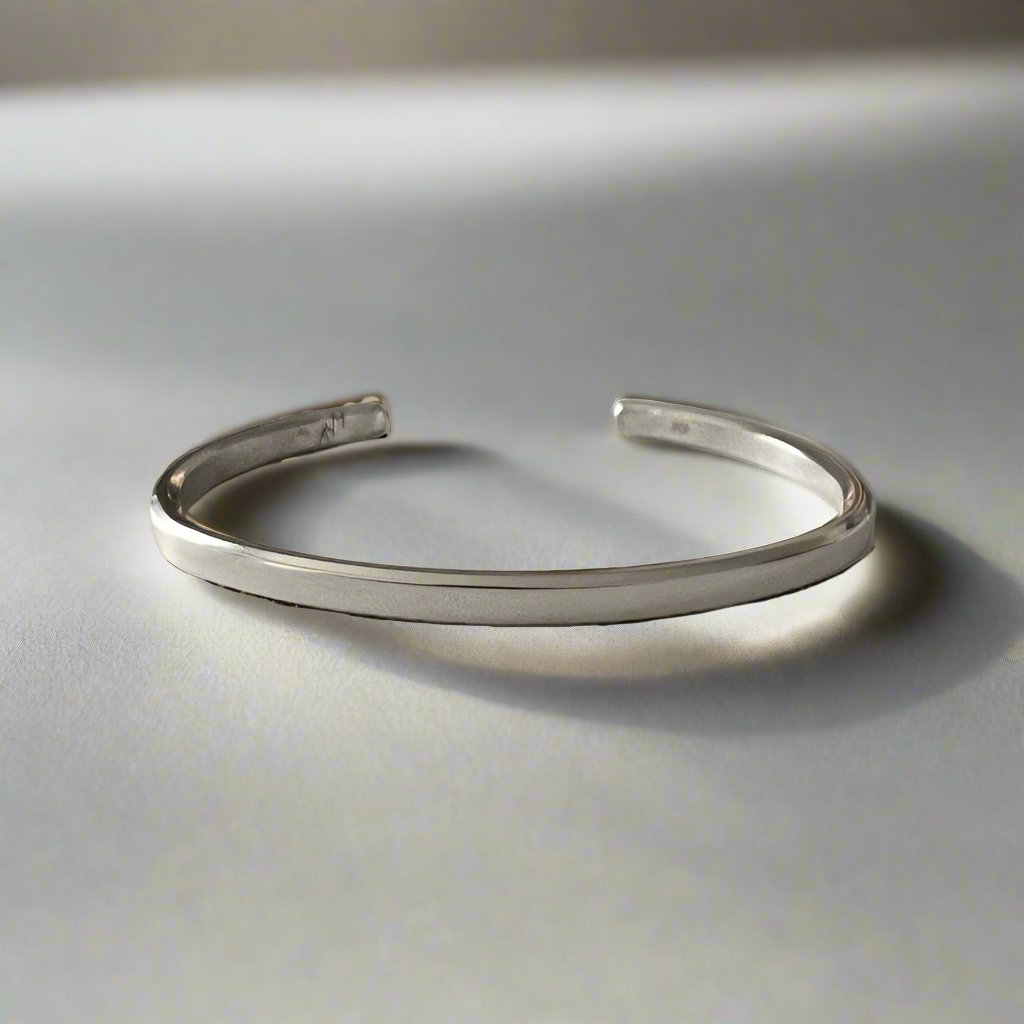Chemical Composition
Opal is composed of hydrated silica with the general formula: SiO2⋅nH2O where "n" denotes the amount of water content, which typically ranges between 3% and 21%.
Choosing Your Perfect Opal
- Color Play: The play-of-color is the most critical factor in determining an opal's value. High-quality opals exhibit a vibrant, multi-colored display with a strong, consistent play-of-color.
- Body Tone: The background color of the opal can range from light to dark, influencing the gemstone's overall appearance and value.
- Clarity: Opals often have natural inclusions, which can affect their value. Stones with fewer inclusions and a more consistent play-of-color are generally more desirable.
- Cut: Opals are typically cut into cabochons, a rounded, polished style that highlights their play-of-color. The cut should be chosen to maximize the gem's display of colors and minimize any visible inclusions.
Care Due to its relatively low hardness and water content, opal requires special care:
- Cleaning: Clean opal with warm, soapy water and a soft cloth. Avoid using ultrasonic or steam cleaners, as they can damage the gemstone.
- Storage: Store opal jewelry in a soft cloth or pouch to prevent scratches and avoid exposure to harsh chemicals or extreme temperatures.
- Hydration: Opal can lose its water content and become brittle if exposed to dry conditions for extended periods. It is advisable to store it in a humid environment or occasionally immerse it in water to maintain its luster.
Opal’s enchanting play-of-color and unique characteristics make it a captivating choice for anyone seeking a gemstone with both beauty and individuality.











